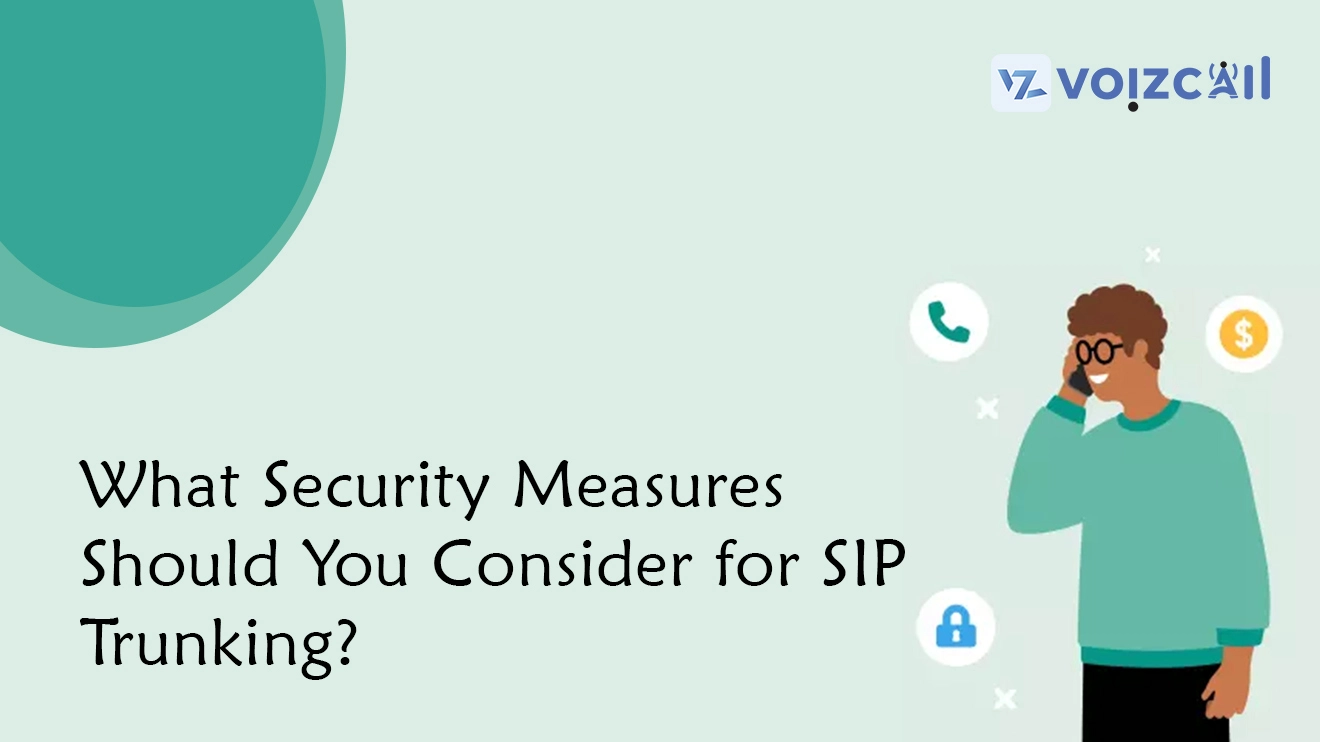


09/Feb/2024
Securing your SIP (Session Initiation Protocol) trunking is essential to maintaining the integrity and confidentiality of your Voice over Internet Protocol (VoIP) communications. Here are crucial security measures to consider for SIP trunking:
Encryption: Implement Transport Layer Security (TLS) and Secure Real-time Transport Protocol (SRTP) to encrypt SIP signaling and media traffic. This ensures that data is transmitted securely over the network, protecting it from interception and eavesdropping.
Firewall Configuration: Configure firewalls to allow only necessary SIP traffic. Whitelist trusted IP addresses and block unauthorized access. Regularly update firewall rules to adapt to evolving security threats.
Strong Authentication: Enforce strong authentication methods, such as secure passwords and multifactor authentication. This prevents unauthorized access to your SIP trunk and enhances overall system security.
Access Control: Implement strict access controls to limit who can access and manage your SIP trunk. Restrict privileges based on roles and responsibilities to minimize the risk of misuse.
Regular Software Updates: Keep your SIP equipment, including routers, switches, and session border controllers, up to date with the latest security patches. Regularly update and patch software to address vulnerabilities and strengthen defenses.
Monitoring and Logging: Implement robust monitoring tools to detect unusual or suspicious activities on your SIP network. Logging and auditing help in tracking and analyzing events, aiding in the early identification of security issues.
Intrusion Detection and Prevention: Deploy intrusion detection and prevention systems to monitor and block malicious activities in real-time. These systems add an extra layer of security against potential threats.
Network Segmentation: Segment your network to isolate SIP traffic from other types of data. This limits the potential impact of security breaches and enhances the overall resilience of your communication network.
Vendor Security Assessment: Regularly assess the security practices of your SIP trunking service provider. Ensure they adhere to industry standards and implement robust security measures on their end.
Employee Training: Educate your staff on security best practices, emphasizing the importance of recognizing and reporting any suspicious activities. Human error is a common entry point for security breaches, making employee training crucial.
By incorporating these security measures into your SIP trunking strategy, you can fortify your VoIP communications, protect sensitive data, and ensure a resilient and secure network. Regularly reassess your security protocols to stay ahead of emerging threats in the dynamic cybersecurity landscape.